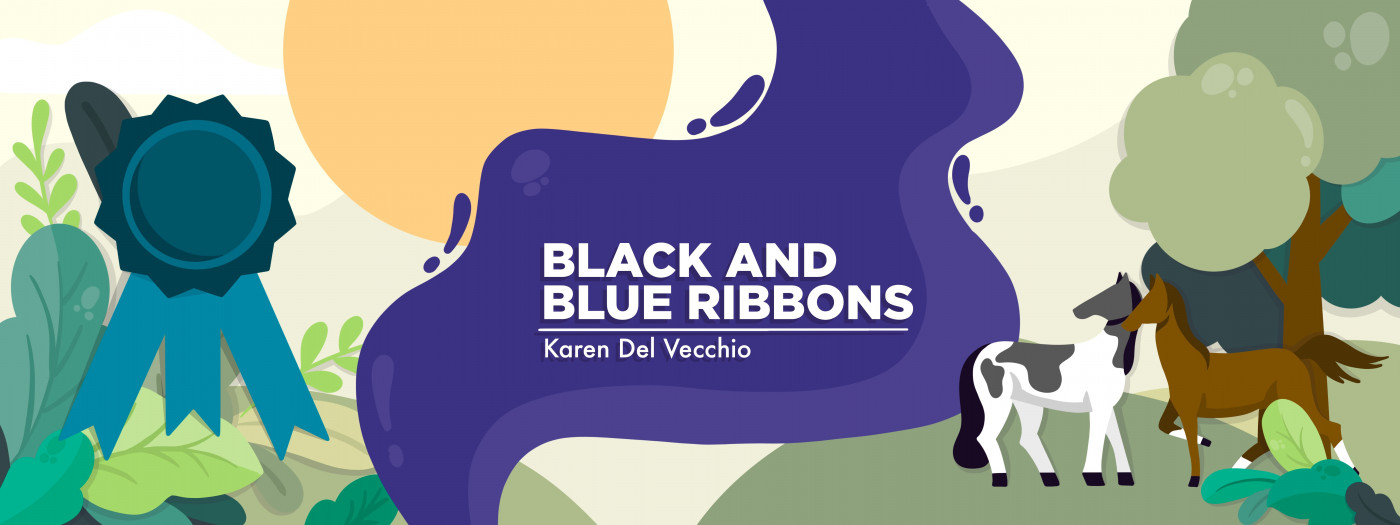My EDS pain flare-ups feel different in different situations
Describing varied types of pain to others can prove challenging

The past few weeks have been a roller coaster ride for me: I’ve been stressed at work and home and faced a pain flare to boot. But lately, things have been trending up.
I’ve been thinking, however, that sometimes my pain flares feel different from each other. One type of pain flare feels deep and intense and doesn’t seem to have a direct trigger that I can identify. Another is what I assume it feels like when the average person does something intensely physical. But because of my Ehlers-Danlos syndrome, this type of pain doesn’t dissipate in a few days, but rather lingers.
A trigger for pain
On the small private horse farm where I live, the first foal of the season was recently born. While at first everything seemed fine, fewer than 24 hours later, the baby was struggling to nurse sufficiently and was quickly becoming dehydrated. She needed medication, fluids, and a stomach tube — and, as with a human toddler, she didn’t understand what was happening. As a result, I had to hold her for the vet to perform the necessary procedures while we fought to save her life.
I spent nearly five hours either sitting on my heels or knees or leaning across the foal as she lay on the straw bedding in the stall, all to prevent her from accidentally injuring the veterinarian. If I wasn’t in those positions, I was standing up with the foal, with one arm in front of her chest and the other wrapped around her hind end, underneath her tail.
Even within 24 hours of life, foals can stand, run, kick, and do just about anything a full-grown horse can do. So this was no easy wrangling task, despite her being clearly sick and needing immediate attention.
After hours of attempts, the vet recommended that the foal and her mom be transferred to an equine hospital a few hours away for more specialized care. After getting the OK from the owner, I loaded them in the trailer and headed that way. Thankfully, Mom and baby are now doing well after a stressful few days. But the whole event really took a toll on my body.
Wiped out
The following morning, I woke up completely exhausted and feeling like I’d been in a wrestling match. I suppose that in a way, I had been — with a 150-pound, four-hoofed opponent. Every part of my body ached, and I was so tired I could barely function.
Yet while I hurt seemingly everywhere, the intensity of the pain was different from my flare. It felt more like “normal” soreness, or at least what I imagine that feels like. And while this event wasn’t the first time I’ve noticed these different types of pain, this is the first time I’ve tried to explain them.
The reason for my being sore was obvious, but the difference seems to be that while most people would recover in a few days and feel better, my pain, once it starts, just kind of stays that way until I get bodywork to short-circuit the inflammation.
One of the toughest things to express to others who don’t experience these types of pain is how something with seemingly the same description — a pain flare — can feel so different. I don’t understand it myself, but I do know how my body feels.
Who knows? Maybe what I’m describing is what a healthy person would call “normal.”
Note: Ehlers-Danlos News is strictly a news and information website about the disease. It does not provide medical advice, diagnosis, or treatment. This content is not intended to be a substitute for professional medical advice, diagnosis, or treatment. Always seek the advice of your physician or another qualified health provider with any questions you may have regarding a medical condition. Never disregard professional medical advice or delay in seeking it because of something you have read on this website. The opinions expressed in this column are not those of Ehlers-Danlos News or its parent company, Bionews, and are intended to spark discussion about issues pertaining to Ehlers-Danlos.








Sharon Burkenbine
Hello, Karen! I am so glad your mare and foal are doing better. I include the mom because I know animal moms, especially horses, dogs and cows, experience the pain of loss much more like people do. I have vEDS and truly experience exhaustion like you described constantly. I was diagnosed with EDS in 1992 by doctors at Madigan Army Medical Center, and then with the vascular form 3 years later. I think having a diagnosis makes understanding my fatigue, incredible bruising and sore muscles easier to deal with. By the way, our daughter bought a mare right after high school graduation, and then joined the US Navy. So, we inherited her nutty horse. My daily letters about Jamie Antics got her and her friends in basic training through. I really should write a book. Blessings, Sharon